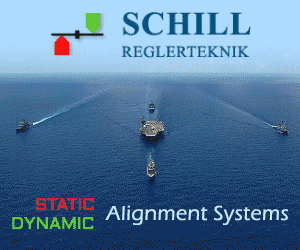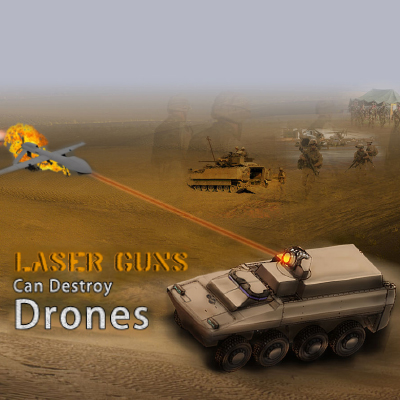Shielding the Skies: Advances in Insulating Systems for Air Force Operations

Introduction
The realm of Air Force operations demands constant innovation to ensure the safety and efficiency of aircraft, personnel, and equipment. One critical aspect of this innovation lies in the development of advanced insulating systems. These systems play a crucial role in shielding aircraft components, avionics, and personnel from external environmental factors, electromagnetic interference (EMI), and other potential hazards. In this article, we delve into the latest advancements in insulating systems for Air Force operations, their key benefits, challenges, and prospects.
I. Importance of Insulating Systems
Insulating systems in the context of Air Force operations serve multiple vital purposes. Firstly, they protect sensitive electronic components and avionics from extreme temperatures, moisture, and corrosive elements encountered during flight. This protection is essential for maintaining the functionality and longevity of critical systems onboard aircraft.
Secondly, insulating systems help mitigate the impact of electromagnetic interference (EMI) on aircraft communications, navigation, and weapon systems. EMI can disrupt signals and compromise the effectiveness of these systems, posing a significant threat to mission success and safety.
Furthermore, insulating systems contribute to the overall safety and comfort of aircrew members by providing thermal insulation, soundproofing, and protection against potential hazards such as fire and ballistic impacts.
II. Advancements in Insulating Materials
Recent advancements in materials science have led to the development of insulating materials with enhanced properties specifically tailored for Air Force applications. These materials include:
Advanced Composite Materials: Lightweight yet durable composite materials offer excellent thermal and structural insulation properties. They are increasingly used in aircraft structures, including fuselages, wings, and engine components, contributing to improved fuel efficiency and performance.
Ceramic-based Insulators: Ceramics are known for their high heat resistance and electrical insulation capabilities. They are utilized in engine components, exhaust systems, and thermal barriers to withstand extreme temperatures and protect surrounding structures.
Flexible Insulation Films: Thin, flexible films with high thermal resistance are applied to electronic components and wiring harnesses to prevent overheating and ensure reliable operation under varying environmental conditions.
Electromagnetic Shielding Materials: Specialized materials with electromagnetic shielding properties are crucial for protecting avionics and communication systems from external interference, including radio frequency (RF) and electromagnetic pulse (EMP) sources.
Fire-resistant Coatings: Aircraft interiors are often coated with fire-resistant materials to enhance passenger safety and reduce the risk of fire-related incidents.
III. Challenges and Solutions
While advancements in insulating materials have significantly improved aircraft performance and safety, several challenges persist in this domain. These challenges include:
Weight Considerations: Aircraft designers must balance the need for effective insulation with the desire to minimize weight, as excess weight can impact fuel efficiency and maneuverability.
Lightweight insulating materials and innovative design approaches help address this challenge.
Environmental Durability: Insulating systems must withstand harsh environmental conditions, including high-altitude exposure, temperature extremes, UV radiation, and chemical exposure. Ongoing research focuses on developing durable materials capable of long-term performance in these conditions.
EMI Protection: As aircraft systems become more complex and interconnected, the risk of EMI-related issues increases. Effective EMI shielding solutions, such as conductive coatings and enclosures, are essential for maintaining system integrity and reliability.
Integration Complexity: Integrating insulation systems into existing aircraft platforms or during new aircraft development requires careful planning and coordination to ensure compatibility, performance, and regulatory compliance.
To address these challenges, collaboration between materials scientists, aerospace engineers, and air force stakeholders is essential. Research and development efforts continue to push the boundaries of insulating technology, leading to innovative solutions and improved capabilities.
IV. Future Trends and Innovations
Looking ahead, several key trends and innovations are shaping the future of insulating systems for Air Force operations:
Nanotechnology Applications: Nanomaterials offer unique properties, such as enhanced strength, thermal conductivity, and electromagnetic shielding capabilities. Integrating nanotechnology into insulating systems holds promise for lighter, more efficient solutions.
Smart Insulation: Advances in sensor technology and smart materials enable real-time monitoring of insulation performance, temperature regulation, and adaptive insulation adjustments based on environmental conditions.
Multifunctional Materials: The development of multifunctional materials that combine insulation, structural support, and other functionalities in a single component reduces weight and complexity while enhancing overall aircraft performance.
Biodegradable Insulators: With a growing focus on sustainability, research into biodegradable and eco-friendly insulation materials is gaining traction, aiming to reduce environmental impact without compromising performance.
3D Printing: Additive manufacturing techniques, such as 3D printing, offer opportunities for customizing insulation components, optimizing designs, and reducing production costs.
By embracing these trends and innovations, the Air Force can continue to enhance the resilience, efficiency, and safety of aircraft operations in diverse operational environments.
Conclusion
Advanced insulating systems play a critical role in safeguarding Air Force assets, personnel, and mission success. From protecting electronic systems against environmental hazards to mitigating electromagnetic interference and enhancing overall operational efficiency, the evolution of insulating materials and technologies continues to drive progress in Air Force capabilities.
As research and development efforts advance, collaboration between industry experts, academic institutions, and defense agencies will be key to unlocking new insights, overcoming challenges, and realizing the full potential of insulating systems for Air Force operations. With a focus on innovation, sustainability, and performance, the future of shielding the skies looks brighter than ever.









